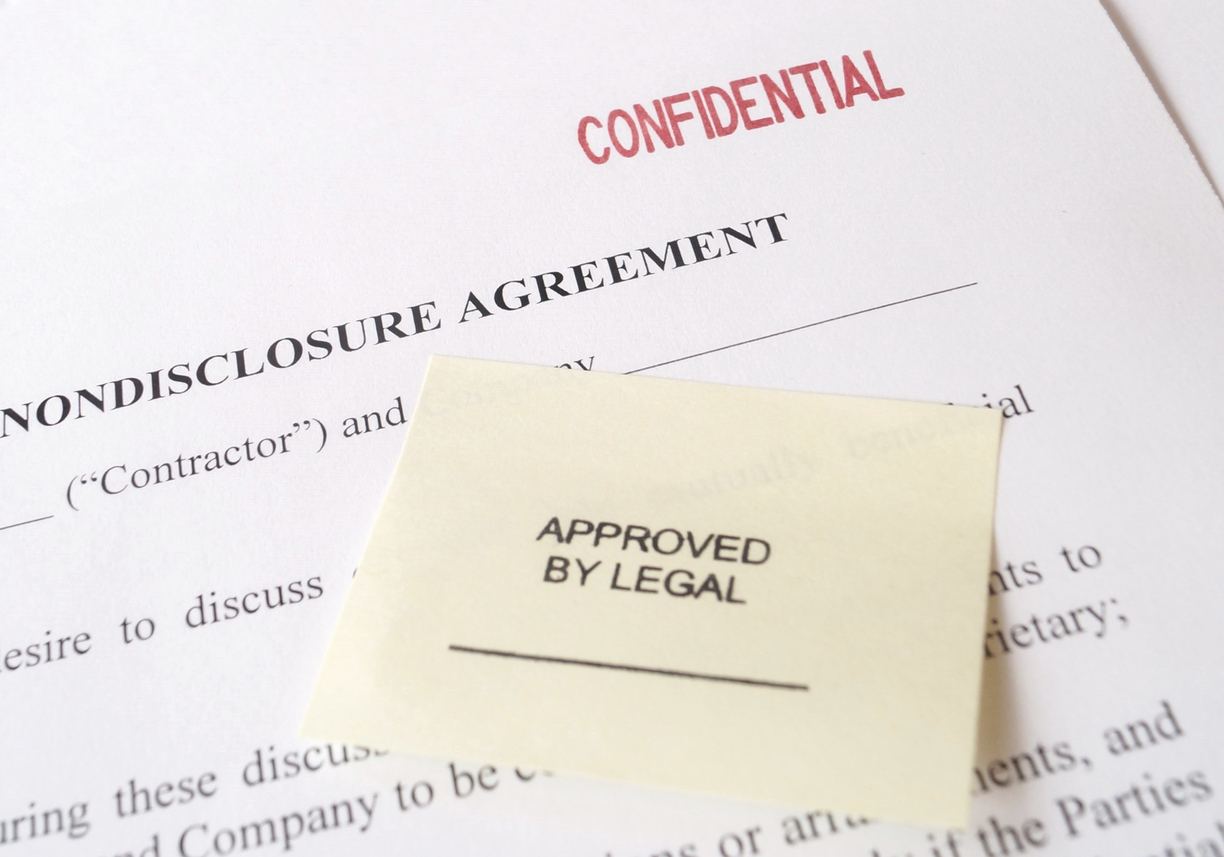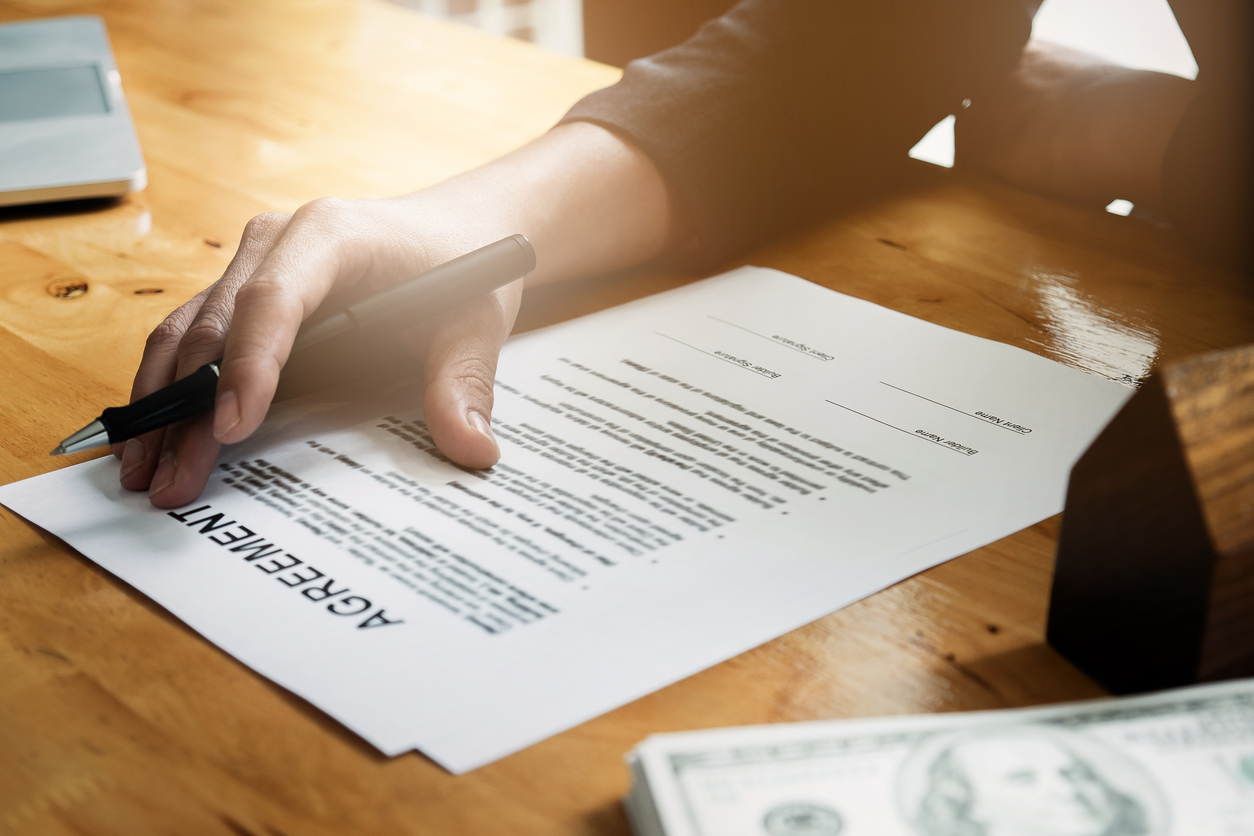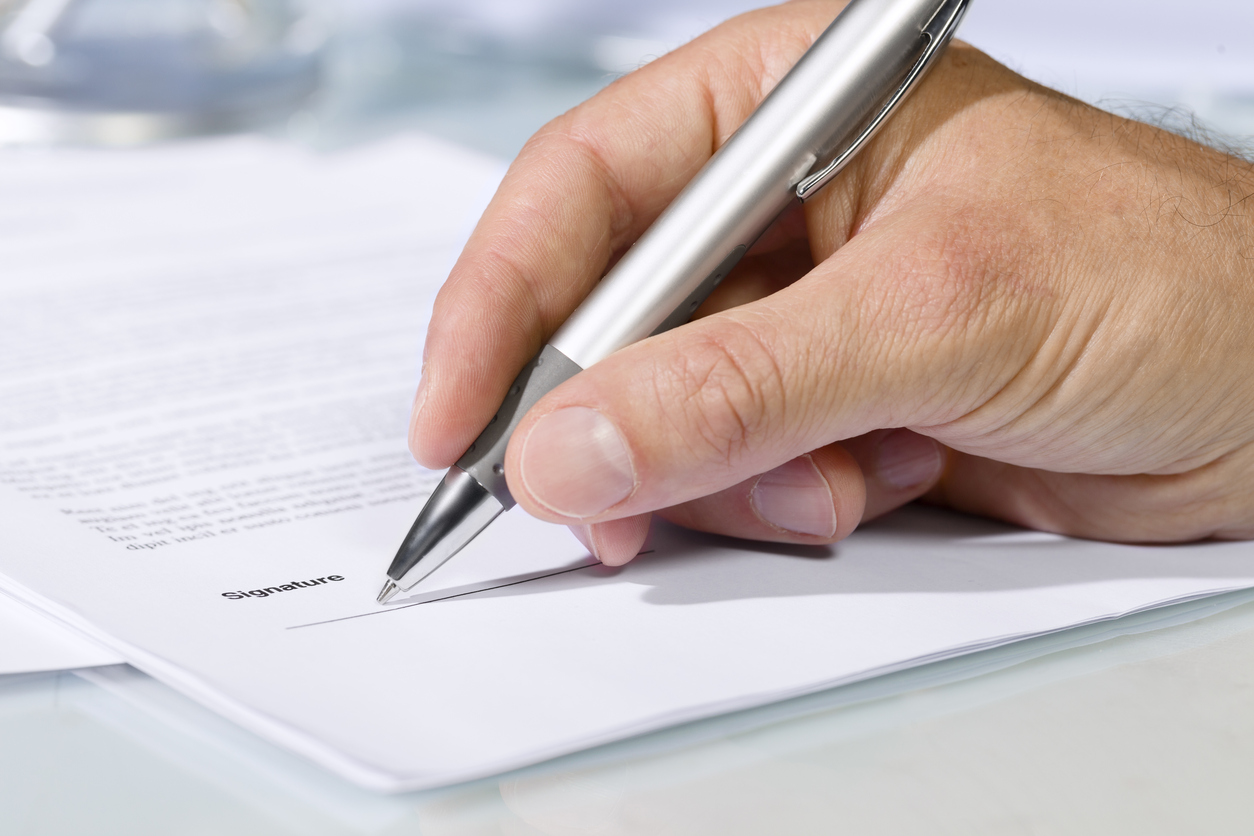Whether you refer to them as a non-disclosure agreement (NDA), confidentiality agreement (CA), confidential disclosure agreement (CDA), or something else, you’re ultimately referring to the same thing: An NDA is a legal contract which sets out how you share information or ideas in confidence.
Table of Contents
What Is A Non-Disclosure Agreement & How Does It Work?
Usually, at some point during a new business or product launch, you’ll have to discuss confidential information with a third-party, e.g., a bank, investor, accountant, or other.
Rather than assuming that these conversations occur in confidence automatically, you can write a non-disclosure agreement and ask the person in question to sign it before you begin your discussions. They will thus, be bound by law not to reveal details of your business or product to anyone outside of your company, including providers of international payroll services.
The type of information that you can protect by using an NDA is more or less unlimited. However, it’s common that they’ll cover sensitive information relating to a person, or legal matter or details on a new product or concept to help the inventor protect the copyright or patent. This can be incredibly important for agencies working on big projects.
How To Write A Non-Disclosure Agreement
Before you start putting together your agreement it’s important to take into consideration the points below:
What Information Is Covered By Your NDA?
While you don’t need to detail every piece of your confidential information in the NDA (it is confidential, after all!) you’ll want to make sure that you adequately word the agreement so it is clear.
You’ll need to cover who the agreement pertains to, exactly what information each party is not allowed to disclose, and — most importantly — what constitutes “disclosing.”
With the prevalence of social media and ease of casual conversations, you don’t want something to slip through the cracks that could ultimately set back the project's success.
Do You Need A Lawyer’s Help To Write A Non-Disclosure Agreement?
The short answer to this is: No. Non-disclosure agreements can be tricky documents, but you don’t legally need a lawyer to draft the NDA (or even look over it at all).
However, when possible, it’s a wise idea for an employer to enlist someone with a legal background to help you in creating an NDA and getting all parties to sign it — particularly if you’re dealing with extremely sensitive information. A lawyer or legal team may catch loopholes you forgot to close or use terminology within the agreement that could protect you down the road.

How Restrictive Do You Need Your Non-Disclosure Agreement To Be?
Don’t forget that, depending on what type of information you’re protecting, the other party might need to discuss it at some point with your colleagues or other future employees.
They might also need to create copies of information that you’ve protected for work purposes. Try to be as realistic as possible when setting the boundaries for your agreement.
How Long Should The Non-Disclosure Document Stand For?
Most NDAs will be set up to protect information for 3-5 years. With that being said, there’s no set period that you have to use. Just keep in mind that once information is made public, it can’t be protected again, so it might be wise to set your NDA period for slightly longer than you currently expect.
What Type Of NDA Should You Require?
If you’re the only party disclosing information, then you can set up a ‘one-way’ agreement. However, if both parties are set to disclose confidential information to each other, then it should be set up as a ‘mutual’ NDA.
Once you’ve considered the above, you can start piecing together the NDA. Typically, you’ll find some recurring elements of an NDA, and then there may be bespoke aspects to some agreements depending on what information is being protected, etc.
Commonly used items found within most NDAs include:
- An identification of the parties attending the meeting or being involved in the agreement
- An outline and definition of what is deemed to be confidential in this agreement
- The scope of the confidentiality obligation by the receiving party
- Any exclusions from confidential treatment, e.g., anything that is explicitly not protected under the agreement

Sample Non-Disclosure Agreement Template
It’s probably best to present what NDA exactly is about by looking at the template that companies frequently use. Here’s a sample of what NDA usually looks like.
As it was said, the first thing that should be cleared up is who the parties implicated in this contract are. The information parties are supposed to provide include a company name, a state of incorporation and a type of legal entity, as well as the address of the party.
“Disclosing party” is the one that is protecting the information, while the “receiving party” is the one exposed to that same information.
Next up, it’s important to agree on basic definitions of key terms. Parties should pay special attention to the concepts of “trade secret” and “confidential information.”
While the difference between the two is very subtle, what’s essential here is that you carefully define which types of info or which exact information fall under each of the terms.
This is probably the most important part of the NDA. Anything that goes beyond the scope of info defined in this part of the contract is info that the receiving party can freely share with anyone.
The following two sections serve to make sure that the receiving party mustn’t publicize any info that is included in trade secrets and confidential information.
The receiving party can even be expected to do what is reasonably necessary to prevent unauthorized disclosure of the trade secrets. These rules should be imposed on the receiving party even after the relationship between the parties ends.
After that, the NDA deals with exceptions. Most commonly, these exceptions include cases when the law or court order requires the disclosure of info obtained by the receiving party.
The receiving party isn’t prohibited from providing such info to the court of law, but even then, they’re supposed to inform the disclosing party about this in advance.
Another important point includes the obligation of the receiving party to return any sensitive documents to the disclosed party as soon as the relationship between the two is terminated.
Finally, the last section is also hugely important as it specifies which county or which state has the jurisdiction over the agreement. This can make all the difference, so be careful and make sure that you thoroughly studied the law of a certain country, state or county.
Why Should Brands Use A Non-Disclosure Contract?
Non-disclosure agreements can be very useful whenever you’re not sure whether sensitive pieces of information you’re revealing are protected by other laws, such as the law of confidence or law of intellectual property.
Protecting your ideas, patents, non-public accounting figures, as well as client, contractor management specific or contact lists may be vital to gaining a crucial competitive edge over rival companies.
A non-disclosure agreement is especially handy when talking business to potential partners or investors that don’t seem too credible at the first glance.
However, sensitive information can be disclosed during regular day-to-day business operations as well, sometimes even inadvertently. Thus signing a non-disclosure agreement with all your employees may also be a reasonable idea.
When Do Agencies Use A Non-Disclosure Agreement?
There’s a wide array of cases in which this agreement can be beneficial for your company. Here are some of the most common ones:
- Negotiating the sale of your product, concept, technology or even your company
- Licensing negotiations
- Outsourcing and sub-contracting a project, especially when it’s based on new technologies and ideas
- Hiring employees who will have access to confidential information
- Discussing sensitive information with potential new partners
- Presenting new plans and ideas to potential investors
- Receiving any services that demand your agency to give out sensitive business information to the company providing the services (e.g. accounting or digital marketing)

Conclusion
Writing a non-disclosure agreement isn’t a hugely time-consuming task, but it’s an important one to get right.
Overall, we recommend that you:
- Consider what information you want to protect from your employees, sub-contractors, partners or investors, and why?
- Think about how long you want the agreement to stand for and how restrictive it needs to be to protect the required information efficiently
- Allocate a few bucks for a quality attorney to draft the agreement out. You don’t want your business to suffer because of wrong wording or some other minor legal intricacy







